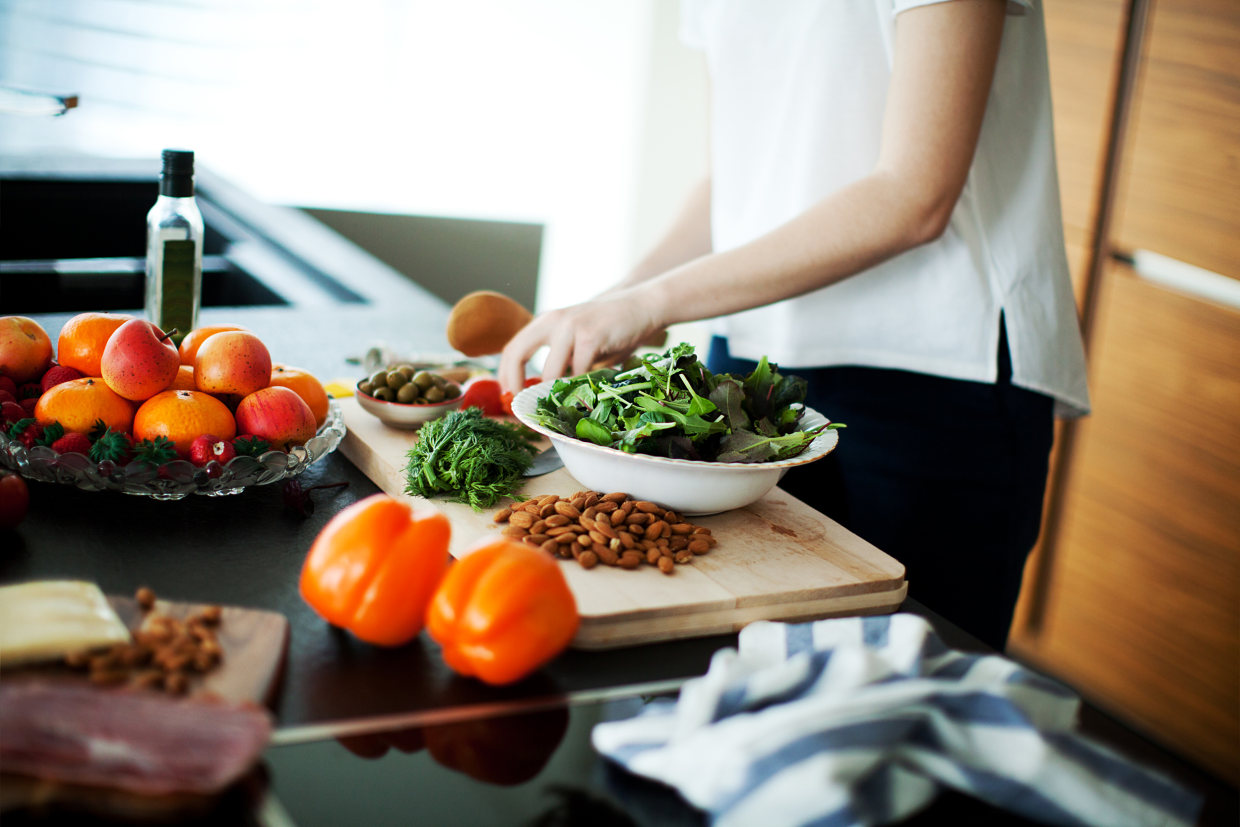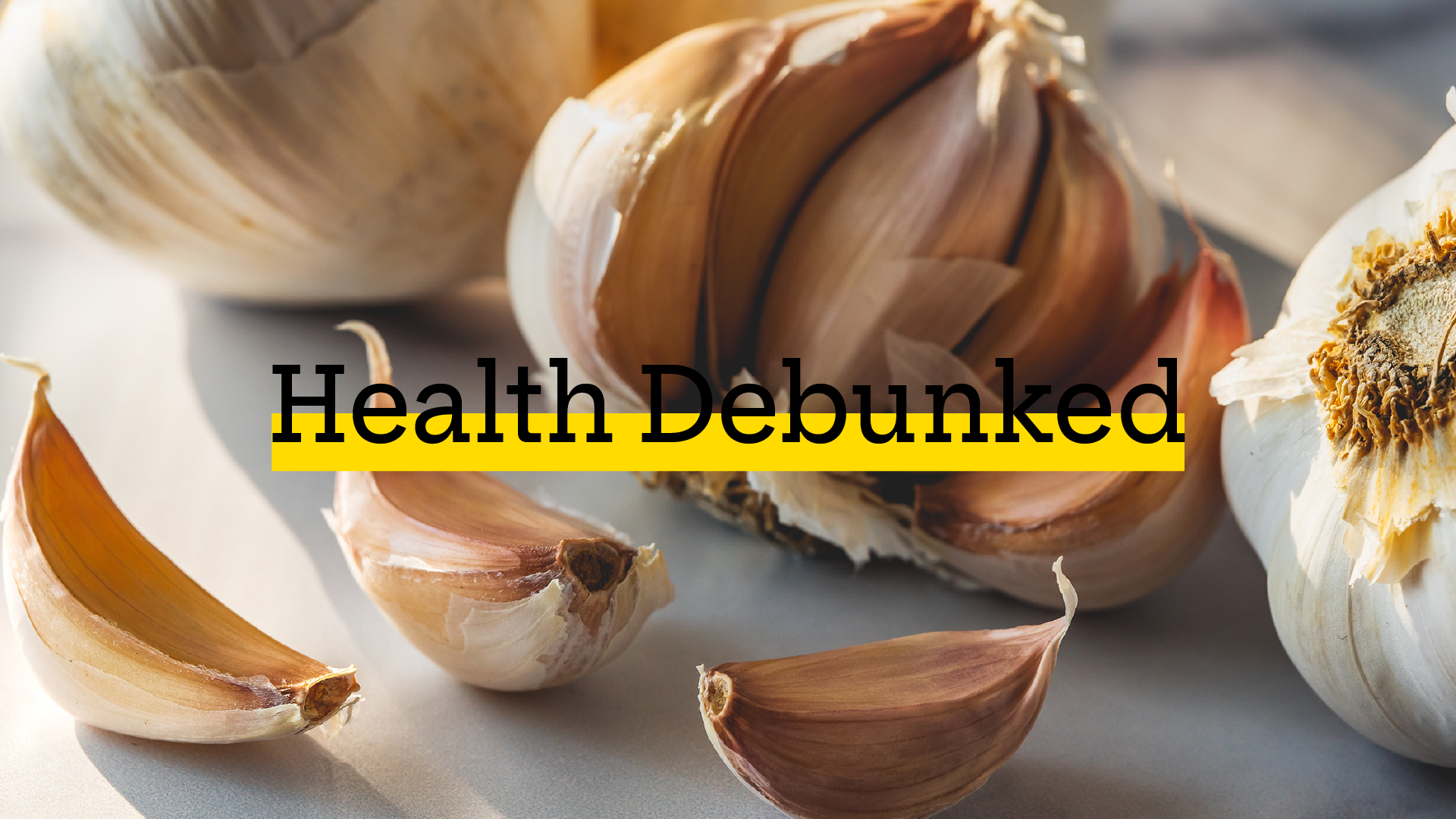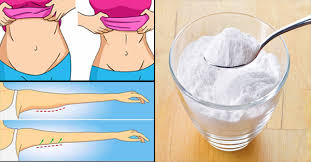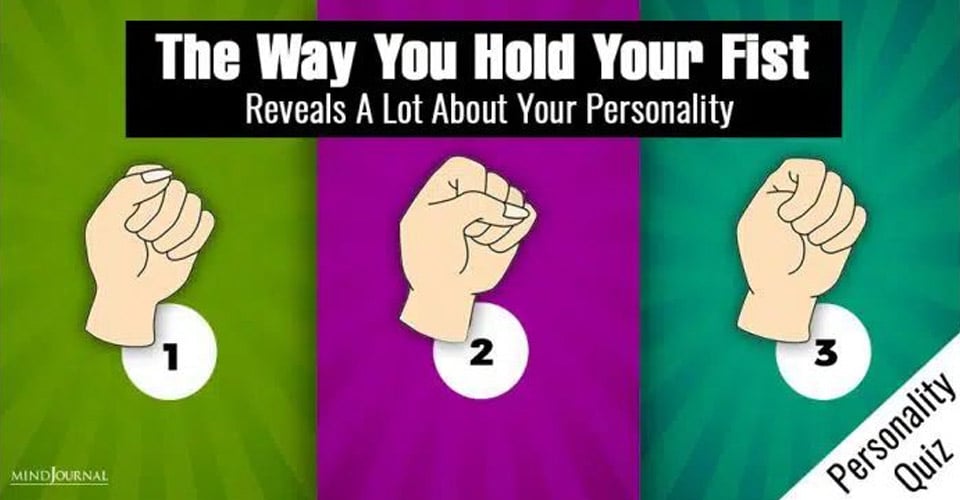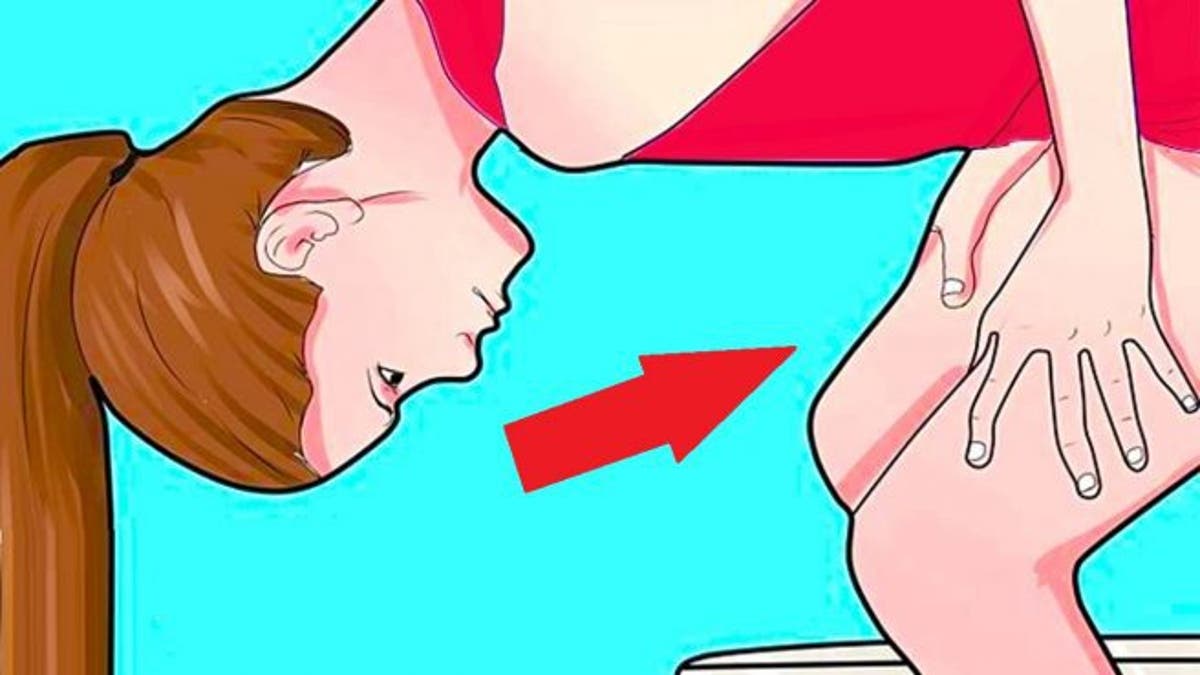A balanced diet is one that delivers the vitamins, minerals, and calories that your body needs—and in the “right” amounts. There are nutrients that you must get from food—called essential nutrients—because your body can’t make them itself. For example, your liver can make cholesterol and your skin can make vitamin D from sun exposure (though you typically need more vitamin D than your skin produces).
Eating a balanced diet also means fueling your body with the number of calories it needs. Not an abundance of extra calories, mind, nor a shortage of calories, unless of course you’re trying to lose weight. But in order to achieve balance, you’ll need to know the optimal number of calories you should intake on a daily basis.
Want to eat a balanced diet without having to do the calorie math? Click here to subscribe and start receiving customized meal plans built around how many calories you should eat daily.
What to eat on a balanced diet
In order to achieve a balanced diet, you should predominantly eat from the following 5 food groups, all of which focus on choosing whole, nutritious foods and minimizes overly or highly processed foods.
Vegetables
Experts recommend filling half of your plate at each meal with vegetables (and/or fruits). And make sure you’re eating a variety of veggies. According to the USDA, you should eat vegetables from each of these subgroups every week: dark green, red and orange, starchy, and legumes.
Fruits
Choose fresh, frozen, or dried whole fruits—though be mindful that dried fruit is more concentrated in calories than fresh or froze—and limit or eliminate juice.
Grains
Make sure at least half of the grains you’re consuming are whole. And if you can, aim for 100% whole grains in your diet.
Proteins
Choose lean proteins, and make sure you have a variety of the following subgroups: seafood, poultry, eggs, nuts, seeds, legumes, and soy products. Limit processed meats (bacon, ham, etc.) and processed poultry.
Dairy
Experts recommend consuming fat-free or low-fat dairy products. If you can’t or don’t eat dairy, make sure you’re getting the key nutrients (calcium and vitamin D) dairy provides from other foods.
What to limit on a balanced diet
This information won’t surprise you because you’ve definitely heard this advice before, but here’s a reminder as to what you should limit and what the daily recommended caps are for the following:
Added Sugars
Less than 10% of your daily calories should come from added sugars. That’s 200 calories on a 2,000-calorie diet, or about 50 grams.
Saturated Fats
Less than 10% of your daily calories should come from sat fats. That’s 200 calories on a 2,000-calorie diet, or about 22 grams. Or, that’s 180 calories on an 1,8000 calorie diet, or about 20 grams saturated fat.
Sodium
You should consume less than 2,300 milligrams of sodium each day.
Alcohol
It’s OK to drink alcohol in moderation, but women should have no more than 1 drink a day, while men should cap their intake at 2 drinks per day.
Why you should eat a balanced diet
Research suggests that when you eat a variety of the above food groups it creates a healthy eating pattern, and that can lower your risk of cardiovascular disease, type 2 diabetes, obesity, certain types of cancer, and maybe even ward off cognitive disorders. There are even statistics that link eating an unhealthy diet (and being physically inactive) with the leading causes of death in the US.
How Cooking Light helps you eat a balanced diet
Here at Cooking Light, we believe that to achieve a balanced diet you should aim for the following parameters at mealtimes:
Main dish: ≤ 425 calories, ≤ 6 grams sat fat, ≤ 600 milligrams sodium
Main dish with half a cup of vegetables or other side: ≤ 500 calories, ≤ 7g sat fat, ≤ 700mg sodium
Side dish: ≤ 250 calories, ≤ 3g sat fat, ≤ 350 mg sodium
Dessert: ≤ 300 calories, ≤ 5g sat fat, ≤ 300mg sodium ≤ 20g added sugar
You can also take the guesswork out of building a balanced diet by using the Cooking Light Diet meal-planning service instead! Build a plan based on what you like to eat—just plan, shop, and then cook. Learn more information or subscribe here.

